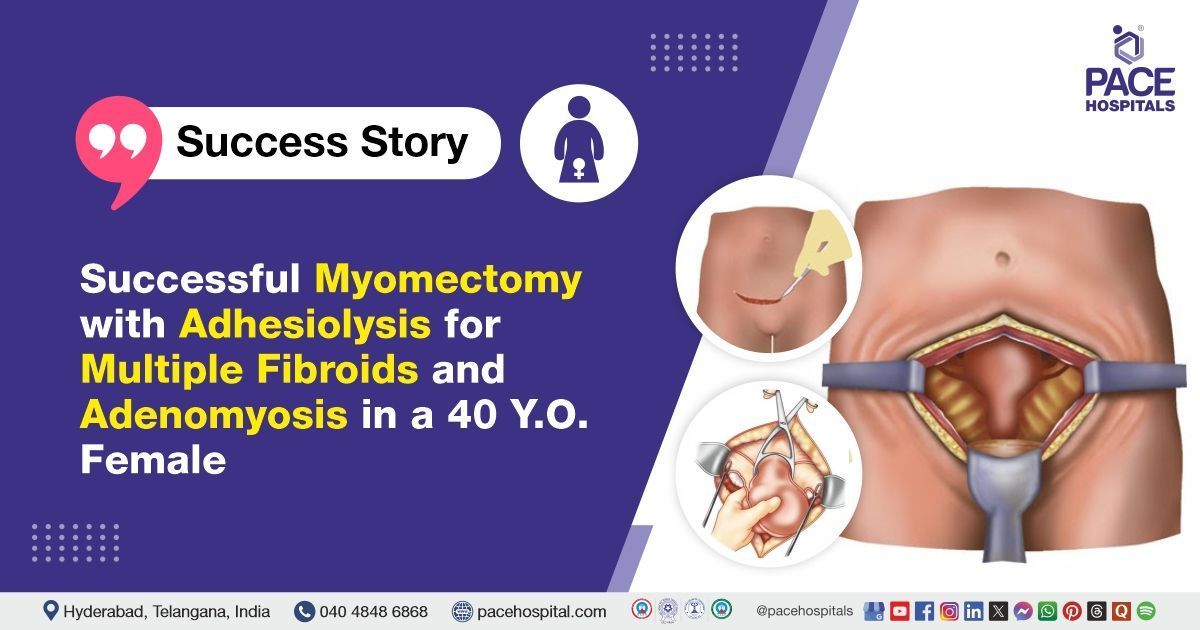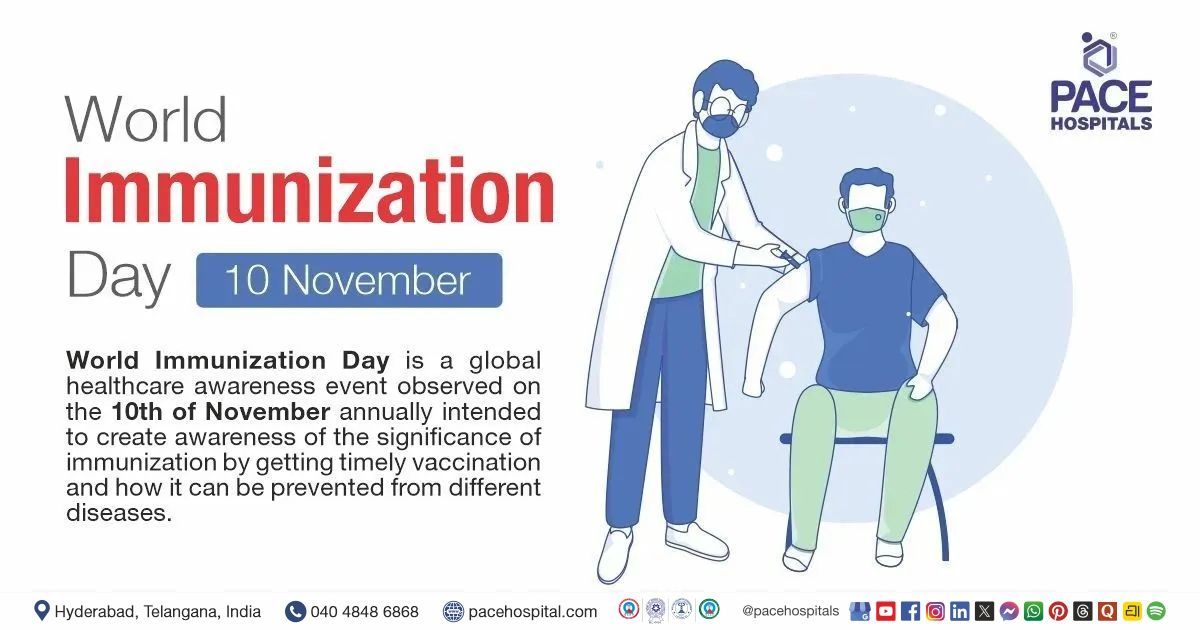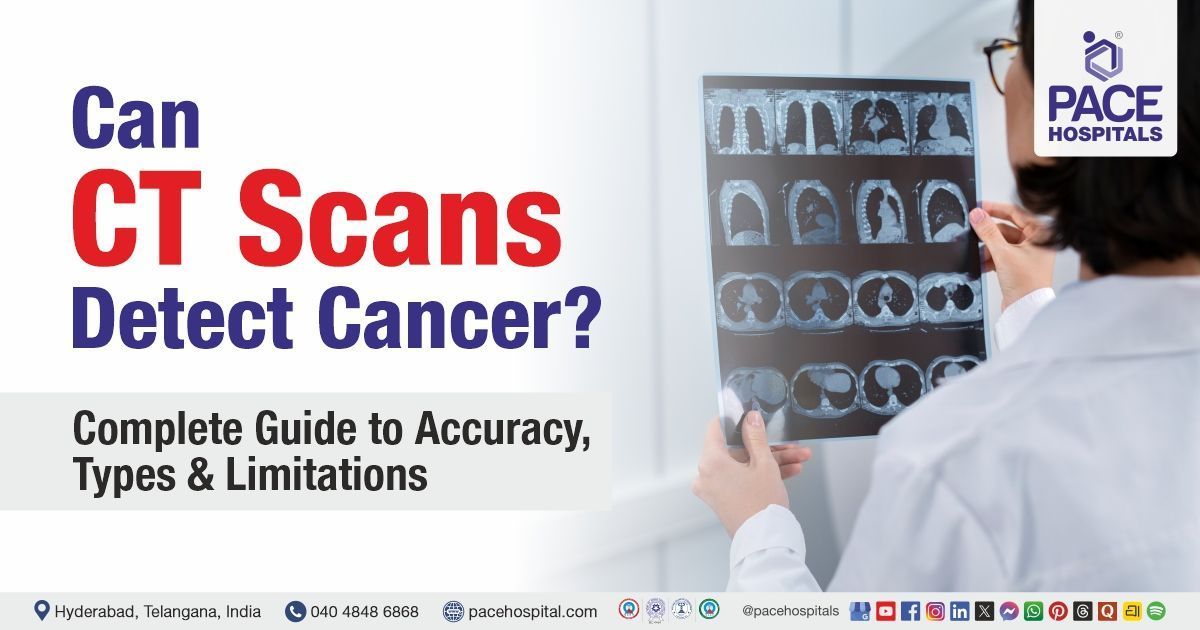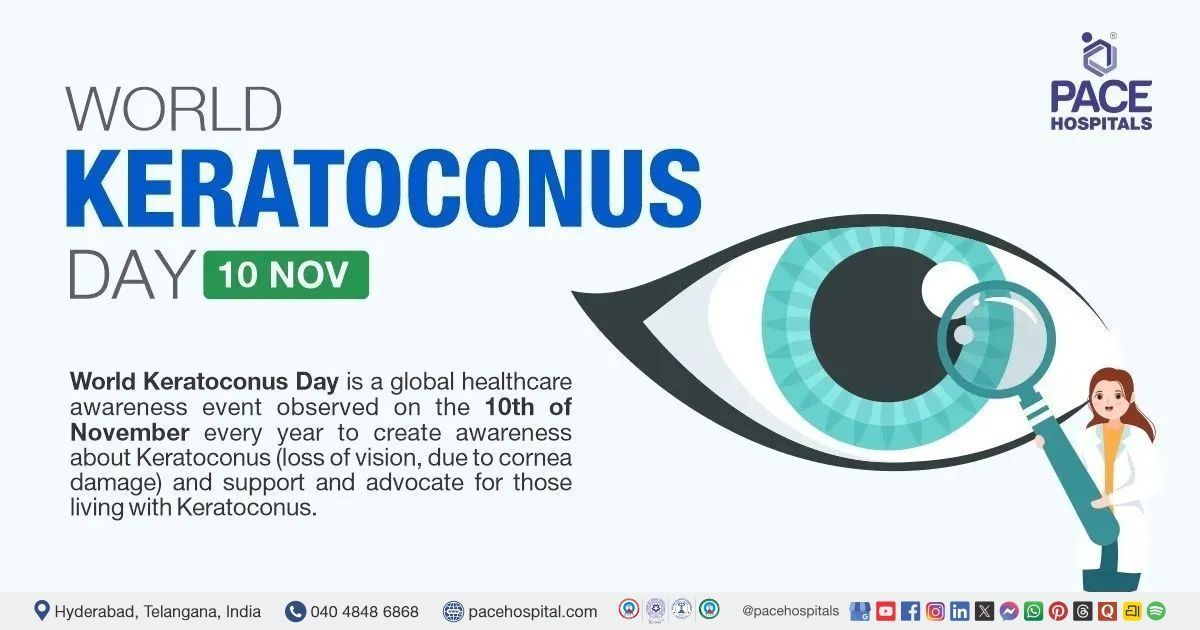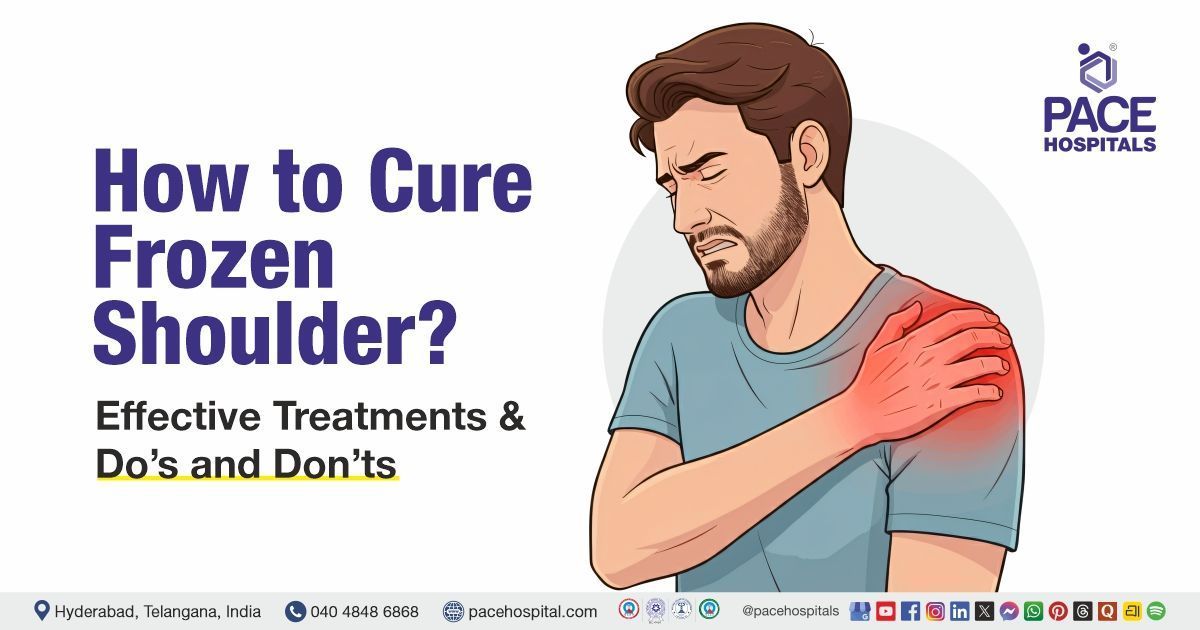Successful Myomectomy with Adhesiolysis for Multiple Fibroids and Adenomyosis in a 40 Y.O. Female
PACE Hospitals
PACE Hospitals’ expert Gynaecology team successfully performed an Open Myomectomy, with Diagnostic Cystoscopy, and Adhesiolysis on a 40-year-old female patient diagnosed with multiple degenerated fibroids and adenomyosis. The procedure aimed to relieve symptoms, restore normal uterine anatomy, and improve the patient’s reproductive and overall health outcomes.
Chief Complaints
A 40-year-old female with a
body mass index (BMI) of 20.2 presented to the Gynaecology Department at
PACE Hospitals, Hitech City, Hyderabad, with complaints of menorrhagia (heavy menstrual bleeding) and intermittent
dysmenorrhea (painful menstruation). She reported regular menstrual cycles.
Past Medical History
The patient had no significant past medical history and no known drug or food allergies. She was nulliparous (P0L0), with no prior history of deliveries or surgical procedures related to fertility or sterilization. She has undergone one failed In Vitro Fertilisation (IVF) attempt and is currently seeking fertility treatment.
On Examination
On general examination, the patient was conscious, coherent, and cooperative, with vital signs within normal limits. Systemic examination revealed equal air entry in both lungs with no respiratory abnormalities. Cardiovascular examination showed normal heart sounds (S1 and S2) with no murmurs or added sounds. The abdomen was soft and non-tender, with no palpable masses. Breast examination was normal, with no lumps or abnormalities detected. On per speculum and per vaginal examination, the cervix was found to be bulky and positioned high, with no tenderness noted in the fornices.
Diagnosis
Upon admission to PACE Hospitals, the patient was assessed by the Gynaecology team. Clinical evaluation revealed a bulky uterus with multiple degenerated fibroids and adenomyosis. She presented with menorrhagia and intermittent dysmenorrhoea, alongside a history of infertility and one failed IVF attempt.
Ultrasound imaging confirmed multiple degenerated fibroids, the largest measuring 10×6 cm, with dense adhesions causing a frozen pelvis. Preoperative blood tests showed mild anemia with microcytic hypochromic red blood cells and mild neutrophilic leucocytosis. Renal function and electrolyte levels were within normal limits.
Based on these findings, the patient underwent
Multiple Degenerated Fibroids Treatment in Hyderabad, India, under the expert care of the Gynaecology Department, ensuring comprehensive evaluation and management tailored to her fertility desires and clinical condition.
Medical Decision Making
After a detailed consultation with Dr. Mugdha Bandawar, Obstetrician and Gynecologist, in collaboration with Dr. K. Ravichandra, Consultant Urologist and Andrologist, a multidisciplinary approach was taken to determine the most appropriate diagnostic and therapeutic strategy for the patient. Considering her nulliparous status, history of infertility, and clinical findings of a bulky uterus with multiple degenerated fibroids and adenomyosis, the team thoroughly assessed the extent of the pathology and potential surgical implications.
Further evaluation, including physical examination, imaging, and laboratory investigations, confirmed the need for surgical intervention. Given the dense adhesions between the uterus, bowel, and pelvic wall, as well as the frozen pelvis observed intraoperatively, it was determined that open myomectomy with diagnostic cystoscopy and adhesiolysis was identified as the most effective surgical approach to relieve symptoms, preserve fertility, and prevent further complications associated with fibroids and chronic pelvic pain.
The patient and her family members were counselled regarding the diagnosis, the planned procedure, associated risks, expected benefits, and the potential for significant improvement in quality of life, after which informed consent was obtained.
Surgical Procedure
Following the decision, the patient was scheduled to undergo Open Myomectomy Surgery in Hyderabad at PACE Hospitals, along with diagnostic cystoscopy and adhesiolysis, under the expert supervision of the Gynaecology Department.
The following steps were carried out during the procedure:
- Preoperative Preparation and Anesthesia: The patient was taken to the operating room and placed under general anesthesia. Standard aseptic precautions were followed. The surgical site was prepared and draped. Baseline vital signs were monitored continuously.
- Abdominal Entry and Exploration: A lower abdominal midline incision was made to access the pelvic cavity. On exploration, the uterus was found to be densely adherent to the bowel posteriorly in the pouch of Douglas (POD). The right fallopian tube and ovary appeared normal, while the left tube and ovary were densely adherent to the lateral pelvic wall.
- Identification and Assessment of Fibroids: Multiple degenerated fibroids were identified on the left side of the uterus, with the largest fibroid measuring approximately 10×6 cm. These fibroids were densely adherent to the lateral pelvic wall. The uterus was immobile, indicating a frozen pelvis.
- Adhesiolysis and Myomectomy: Careful adhesiolysis was performed to release the dense adhesions between the uterus, bowel, and lateral pelvic wall. After freeing the adhesions, an open myomectomy was carried out, carefully excising the fibroids while preserving the uterus to maintain fertility potential.
- Diagnostic Cystoscopy and Closure: A diagnostic cystoscopy was performed intraoperatively to assess the bladder and rule out any injury or involvement. After confirming bladder integrity, hemostasis was secured, and the surgical site was closed in layers.
Postoperative Care
The postoperative period was uneventful. The patient was initially managed in the Surgical Intensive Care Unit (SICU) for observation and monitoring and was shifted to the ward once she became hemodynamically stable. During her hospital stay, she was treated with intravenous antibiotics, proton pump inhibitors, antimicrobial agents, antiemetics, analgesics, and intravenous fluids. She showed steady recovery without any complications and was discharged in a stable hemodynamic condition with appropriate postoperative instructions and follow-up advice.
Discharge Medications
Upon discharge, the patient was prescribed a combination of medications aimed at promoting recovery and preventing postoperative complications. This included oral antibiotics to prevent infection, non-steroidal anti-inflammatory drugs (NSAIDs) with a muscle relaxant for pain and inflammation control, and proteolytic enzymes to reduce tissue swelling and support healing. A proton pump inhibitor with a prokinetic agent was added to prevent gastric discomfort related to postoperative medications.
Additionally, a multivitamin and micronutrient supplement was prescribed to enhance overall recovery and support fertility. A probiotic was included to maintain gut health during antibiotic use, along with an osmotic laxative to prevent constipation. A topical antibiotic ointment was also advised for local wound care to ensure proper healing.
Advice on Discharge
The patient was advised to avoid heavy lifting and strenuous exercise, as well as prolonged sitting, to prevent undue strain and promote healing. Additionally, measures were recommended to avoid constipation and strenuous coughing to reduce abdominal pressure. The use of an abdominal binder was encouraged to provide support to the surgical area. A soft diet was advised to ensure ease of digestion and minimize discomfort during the recovery period.
Emergency Care
The patient was informed to contact the emergency ward at PACE Hospitals in case of any emergency or development of symptoms like pain in abdomen, heavy menstrual bleeding, fever.
Review and Follow-up Notes
The patient was advised to return for a follow-up appointment with the Gynecologist in Hyderabad at PACE Hospitals after 10 days with biopsy report.
Conclusion
This case highlights the challenges of treating multiple degenerated fibroids with adenomyosis in a patient desiring fertility. It emphasizes the importance of surgical intervention to relieve symptoms and preserve the uterus. Careful management of adhesions was crucial for a successful outcome. The multidisciplinary approach ensured optimal patient care and recovery.
Managing Complex Fibroids in Fertility-Desiring Patients
Managing multiple fibroids with associated adenomyosis and pelvic adhesions presents significant surgical challenges, especially when fertility preservation is a priority. Dense adhesions can lead to a “frozen pelvis,” requiring careful and meticulous adhesiolysis to avoid injury to adjacent organs. In such cases, open myomectomy may be preferred over minimally invasive approaches to ensure complete removal and safe dissection. A multidisciplinary team approach, often led by a Gynaecologist / Gynaecology doctor, is essential for thorough evaluation, surgical planning, and patient counseling. Individualized treatment and close postoperative care are crucial to optimize symptom relief and fertility outcomes in these complex gynecological conditions.
Share on
Request an appointment
Fill in the appointment form or call us instantly to book a confirmed appointment with our super specialist at 04048486868

